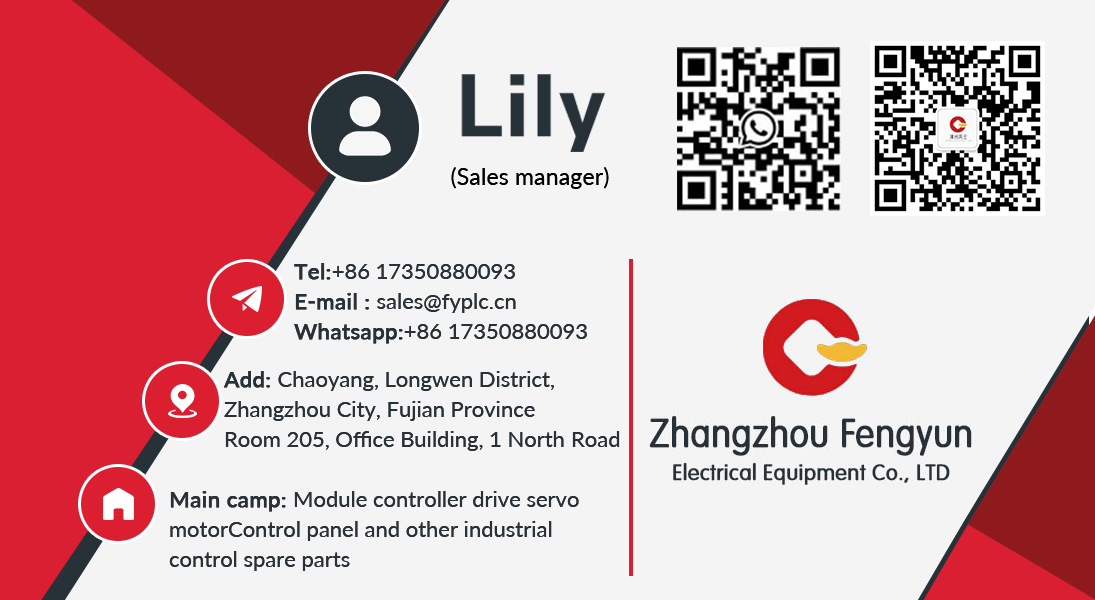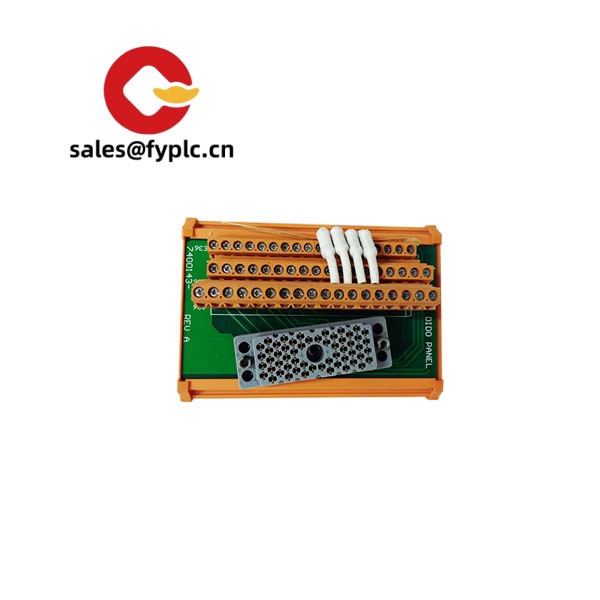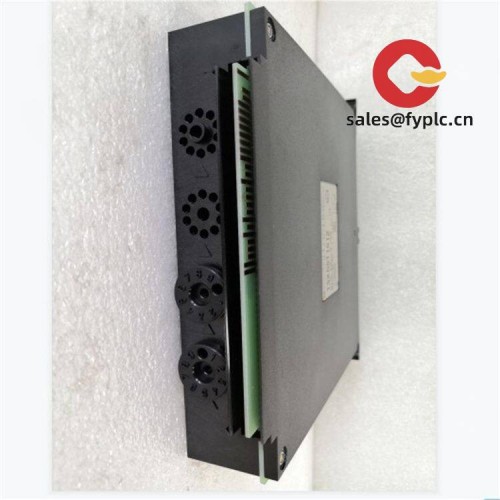Description
TRICONEX AI3281 Analog Input Module: Your Safety System’s Silent Guardian
You know how critical it is to keep those safety loops running in refineries or chemical plants? The TRICONEX AI3281 isn’t just another I/O module—it’s the quiet workhorse that keeps your SIL 3 systems breathing. From my experience troubleshooting field installations, this 16-channel analog beast typically handles vibration-heavy environments better than most competitors. One thing I appreciate is how it catches signal drift before it becomes an emergency shutdown.
Why Operators Keep It in Their Cabinets
- Triple Modular Redundancy (TMR) – Runs three independent channels simultaneously; system keeps operating even if one module fails. Saw this save a petrochemical plant $2M in downtime last year during a lightning strike.
- Hot-Swappable Design – Replace modules without shutting down processes. In most cases, maintenance crews swap these faster than changing a coffee filter during turnaround season.
- 4-20mA with HART Support – Pulls diagnostics from smart transmitters while handling standard signals. You might notice it catches failing transmitters weeks before alarms trigger.
- EMC Hardened – Handles 4kV surge immunity. Typically outperforms cheaper modules in high-noise areas like compressor stations.
Technical Specifications
| Parameter | Details |
|---|---|
| Brand/Model | TRICONEX AI3281 (Schneider Electric) |
| HS Code | 8537.10.90 (Control panels for industrial automation) |
| Power Requirements | 24V DC (1.2A typical @ 5V backplane) |
| Dimensions & Weight | 140 x 100 x 150mm / 1.1kg |
| Operating Temperature | -20°C to +60°C (no derating below 50°C) |
| Signal I/O | 16 ch 4-20mA HART (±0.1% accuracy) |
| Communication | TriBus interface to main controller |
| Installation | DIN rail (EN 60715) in NEMA 4X cabinets |
Where It Earns Its Keep
This module lives where failures cost millions per hour—like ethylene plant flare stacks or offshore platform emergency shutdowns. I’ve seen it deployed in LNG facilities monitoring cryogenic valve positions where even 0.5% signal error could trigger false trips. Refineries use it for furnace combustion control because, let’s be honest, nobody wants a thermal runaway during a Texas summer.
Your Procurement Team Will Thank You
While the upfront cost makes some buyers pause, the TMR architecture typically avoids $500k+ unplanned shutdowns. It plays nice with legacy TRICON systems—no costly re-engineering. And here’s the kicker: firmware updates are field-loadable without controller reboots. One plant manager told me, “It’s the only module that survived our 2022 compressor explosion.” You get 365-day warranty coverage, but in my experience these often run 10+ years with basic care.
Installation & Maintenance Reality Check
Mount it in ventilated cabinets away from VFDs—those 60Hz harmonics will mess with readings. Always torque terminal screws to 0.6 Nm; loose wires cause 70% of field issues I’ve seen. Calibrate annually (or quarterly in corrosive environments like offshore platforms). Pro tip: Check HART diagnostics during routine walks—catches failing transmitters before they haunt your night shift. And for heaven’s sake, don’t stack modules beyond 10 units without forced cooling.
Certifications That Actually Matter
SIL 3 certified per IEC 61508 (TÜV Rheinland cert. no. SIL 3-12-0001), ATEX Zone 2, and IECEx certified. RoHS compliant with lead-free soldering—critical for European projects. The 365-day warranty covers defects but not lightning strikes (seriously, install proper surge protection). In most cases, Schneider’s field support responds within 4 hours for safety system issues.
Ordering Made Predictable
• 1-week delivery for in-stock units (90% of standard configs)
• 50% advance payment, balance before shipping
• FedEx/UPS/DHL with real-time tracking
*Full shipment within 4 weeks max—even for custom firmware builds






Reviews
There are no reviews yet.